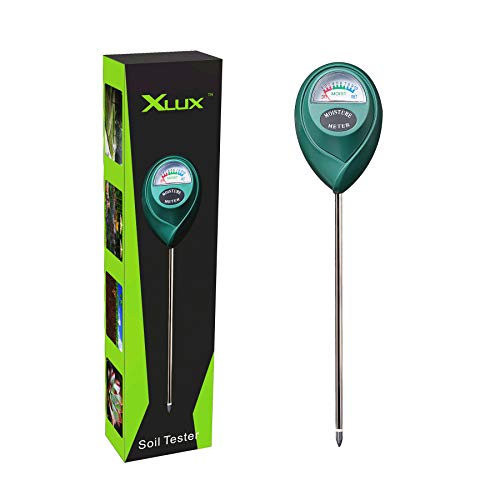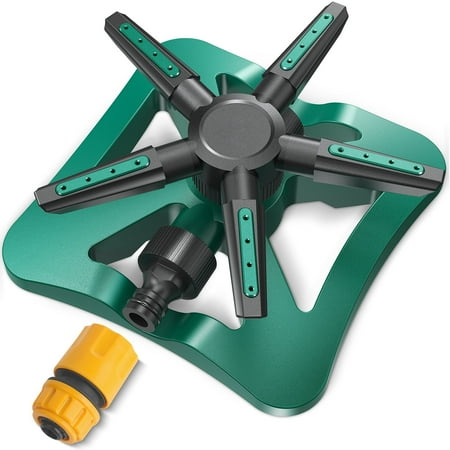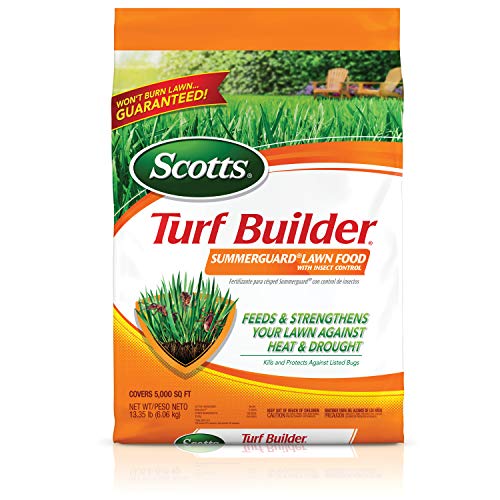This quick test can tell you if your lawn needs watering in hot weather – it is as simple as stepping onto the grass
A ‘bounce back’ check helps to keep grass alive during a heatwave
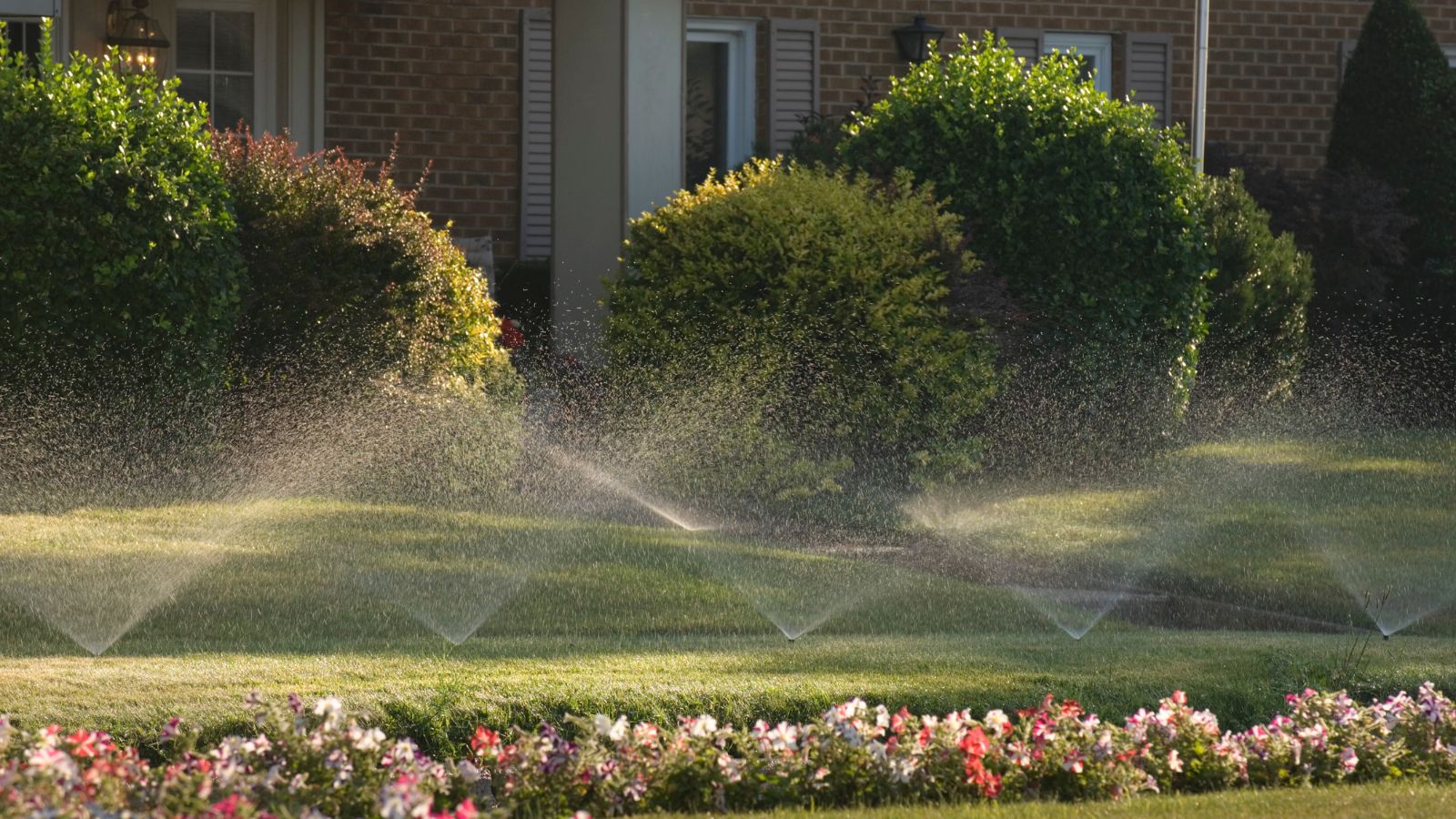
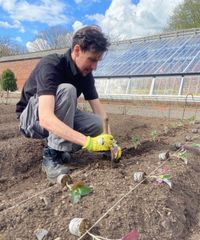
A lawn will undoubtedly suffer during prolonged periods of high temperatures, and it can be tricky to judge exactly when to water your grass. However, there is a super-simple way you can tell if your grass is suffering from heat stress and needs watering.
Something as basic as walking on the grass can be a good indicator of when you should water the lawn in summer. This easy test helps you water your lawn effectively and efficiently when it needs it, preventing the grass from going brown and turning to straw.
As temperatures rise and extreme weather becomes more of an issue, knowing such a simple measure to illustrate how often you should water the lawn in summer is very helpful.
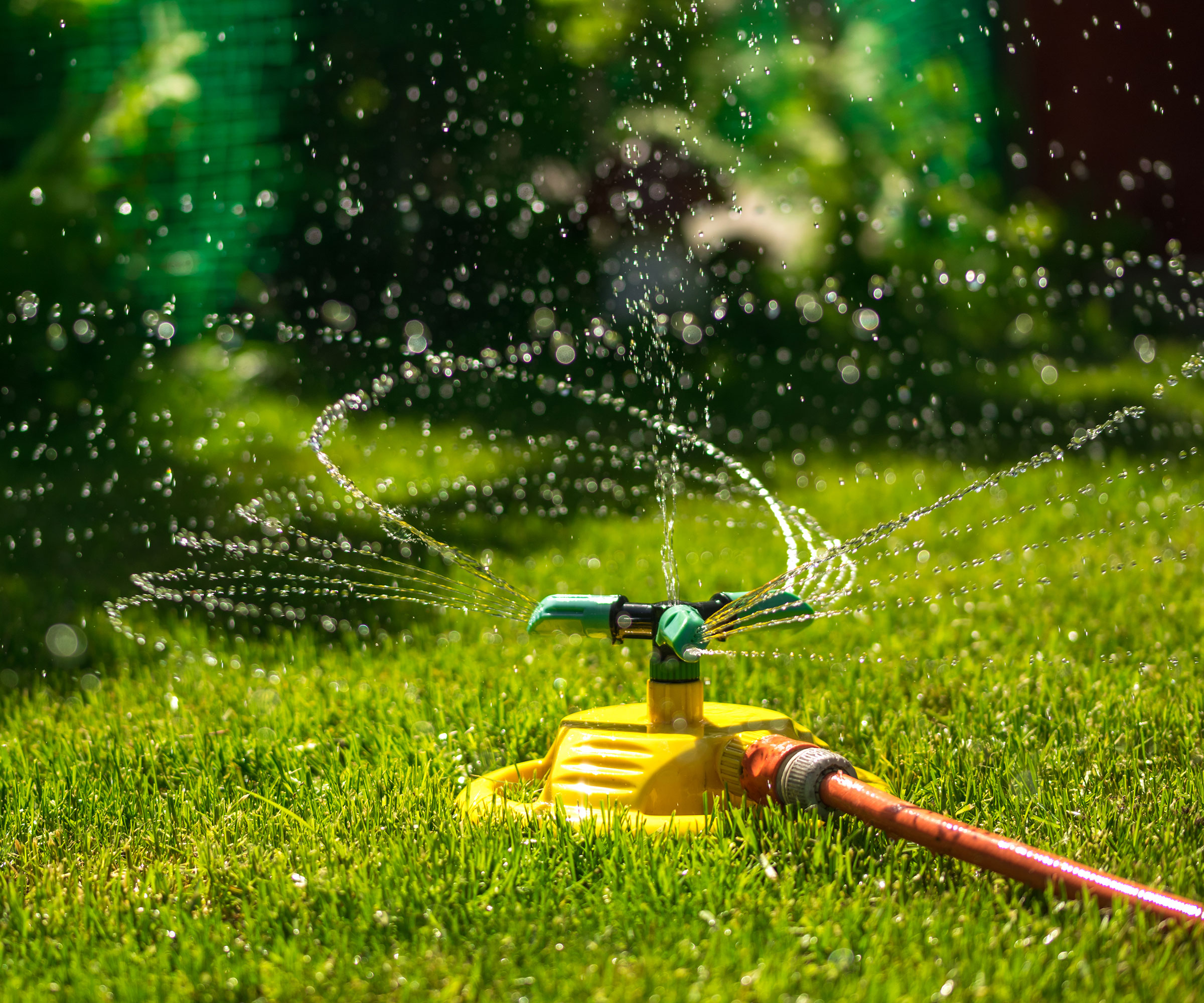
The lawn ‘bounce back’ test – what do the experts say?
In the peak of summer, lawns can suffer from heat stress as they lose large amounts of water as a result of soaring temperatures.
If you want a green lawn, watering will form part of your summer lawn care routine. To protect your lawn in a heatwave, any watering needs to be done efficiently. This ensures no water is wasted and your lawn receives maximum benefit.
When and how much you should water the lawn depends on the grass, soil type, climate, and the levels of natural rainfall. However, in periods of extreme warmth, there likely will come a time when you want to water your lawn.
This simple test can be quickly carried out to show if your lawn needs watering. And it is as simple as walking on the lawn and seeing how the grass responds.
Design expertise in your inbox – from inspiring decorating ideas and beautiful celebrity homes to practical gardening advice and shopping round-ups.
Chris McIlroy, lawn expert at The Grass People, calls it a lawn ‘bounce back’ test and claims it is a good indicator of whether you need to water the grass during a heatwave.
‘All you do is stand on the grass. If it stays flat, it needs watering. If it bounces back, then it’s likely sufficiently hydrated,’ says the lawn expert.
Experts from the University of Florida recommend doing this test late in the afternoon and examining how long it takes for the blades to bounce back from being trodden on.
‘When feet compress the leaf blades of the turfgrass, the low water levels in the plant tissue prevent the leaf blades from recovering, or springing back up, after being pushed down,’ they say.
‘If the footprints remain for an extended period of time, water the lawn to prevent the turfgrass from turning brown and becoming dormant.’
But what exactly is ‘an extended period of time’ to monitor the footprints for and judge when to water your grass?.
Well, fellow experts from the University of Illinois add: ‘A sign your lawn does need a good drink of water is if footprints stay visible on the grass for more than thirty minutes.’
To keep the lawn adequately watered, apply a half-inch to an inch of water during the cooler periods of the day. The ideal time to water your grass is early morning, but you can water in the evening too. There are risks linked to watering the lawn at night worth considering, as a lack of evaporation increases the risk of fungal lawn diseases.
A lawn will benefit from more deep watering during these cooler times, rather than a light soaking in the heat of the day. The latter approach is a lawn watering mistake, as most of the moisture will be lost to evaporation before the grass gets to appreciate it.

Chris McIlroy is the technical product lead and in-house lawn seed expert for The Grass People - a grass seed company that champions high-quality lawn products and shares expert advice. Chris's expertise is focused on sowing, mowing and maintaining a perfect lawn, and how to overcome any lawn issues homeowners face.
Good lawn care during summer should also include adjusting your mowing technique. For example, when cutting grass in hot weather, raising the height of the lawn mower keeps the grass healthier by reducing stress on it.
In the same vein as with watering, it is also recommended to mow during the cooler periods of the day rather than during intense afternoon sun. You never want to mow the lawn when temperatures peak above 90°F.
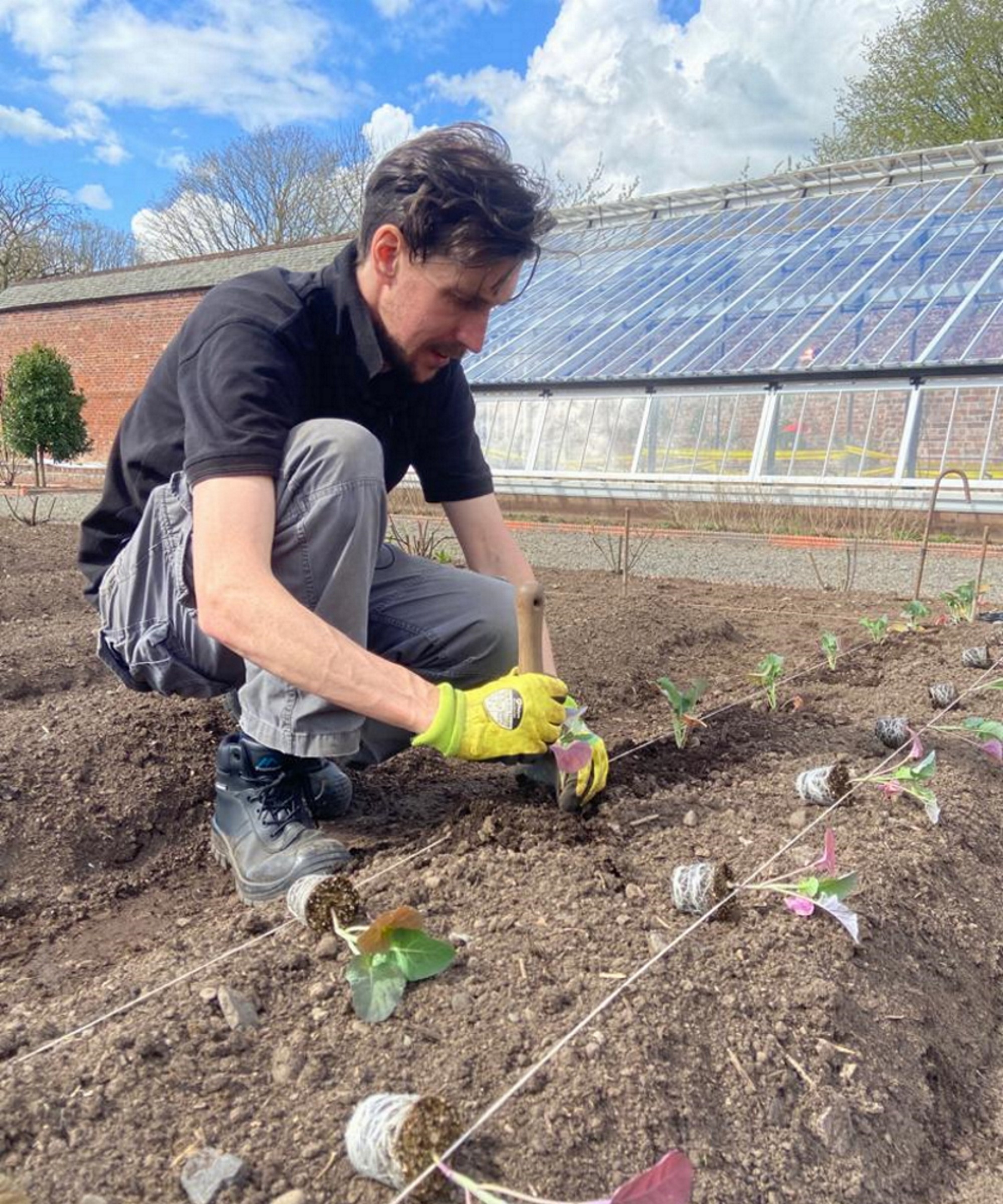
Drew has worked as a writer since 2008 and was also a professional gardener for many years. As a trained horticulturist, he worked in prestigious historic gardens, including Hanbury Hall and the world-famous Hidcote Manor Garden. He also spent time as a specialist kitchen gardener at Soho Farmhouse and Netherby Hall, where he grew vegetables, fruit, herbs, and cut flowers for restaurants. Drew has written for numerous print and online publications and is an allotment holder and garden blogger. He is shortlisted for the Digital Gardening Writer of the Year at the 2025 Garden Media Guild Awards.
You must confirm your public display name before commenting
Please logout and then login again, you will then be prompted to enter your display name.
